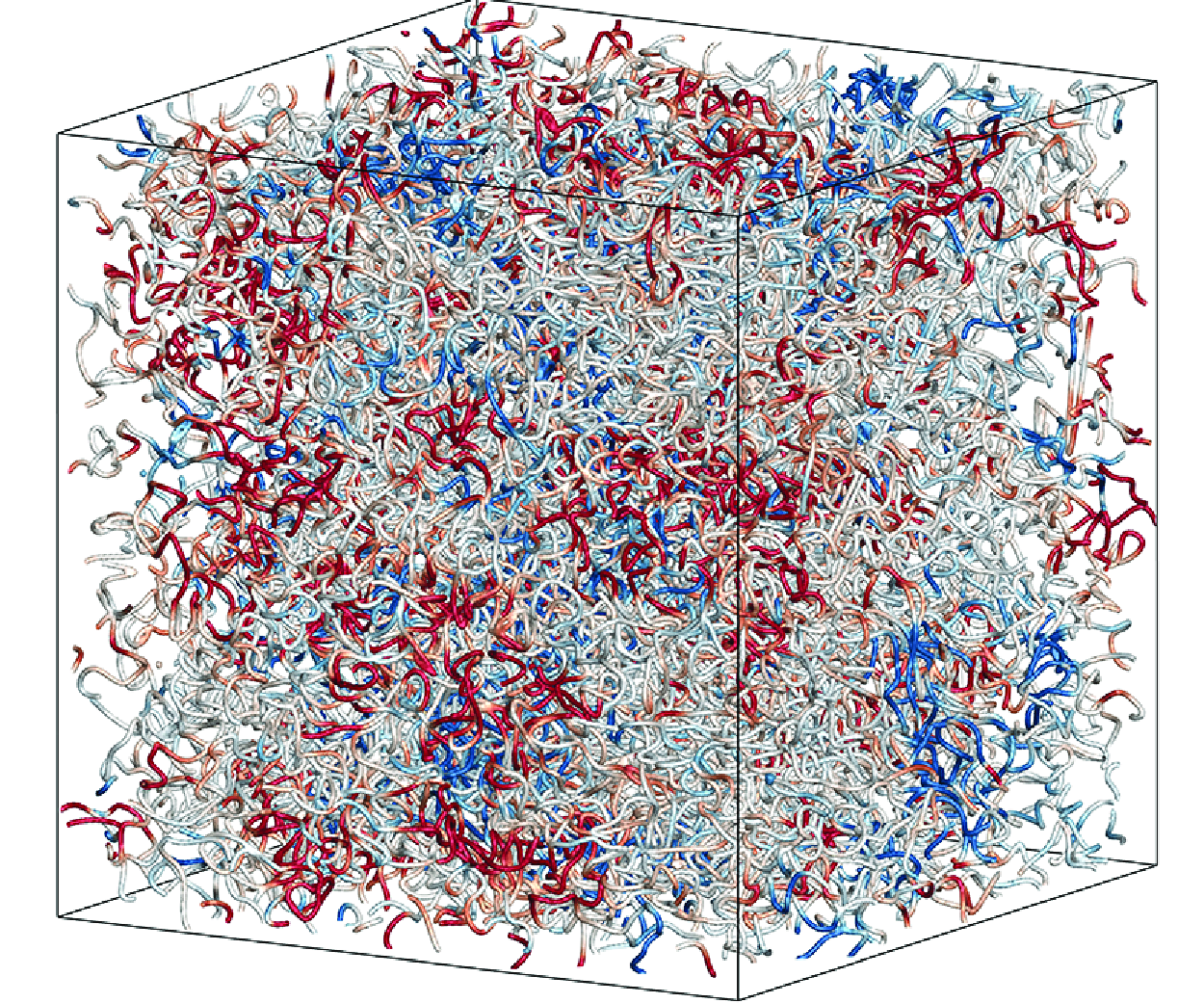No CrossRef data available.
Article contents
Quantum implicit representation of vortex filaments in turbulence
Published online by Cambridge University Press: 07 July 2025
Abstract

Entangled vortex filaments are essential to turbulence, serving as coherent structures that govern nonlinear fluid dynamics and support the reconstruction of fluid fields to reveal statistical properties. This study introduces a quantum implicit representation of vortex filaments in turbulence, employing a levelset method that models the filaments as the intersection of the real and imaginary zero iso-surfaces of a complex scalar field. Describing the fluid field via the scalar field offers distinct advantages in capturing complex structures, topological properties and fluid dynamics, while opening new avenues for innovative solutions through quantum computing platforms. The representation is reformulated into an eigenvalue problem for Hermitian matrices, enabling the conversion of velocity fields into complex scalar fields that embed the vortex filaments. The resulting optimisation is addressed using a variational quantum eigensolver, with Pauli operator truncation and deep learning techniques applied to improve efficiency and reduce noise. The proposed quantum framework achieves a near-linear time complexity and a exponential storage reduction while maintaining a balance of accuracy, robustness and versatility, presenting a promising tool for turbulence analysis, vortex dynamics research, and machine learning dataset generation.
Information
- Type
- JFM Papers
- Information
- Copyright
- © The Author(s), 2025. Published by Cambridge University Press
Footnotes
Co-first author.


